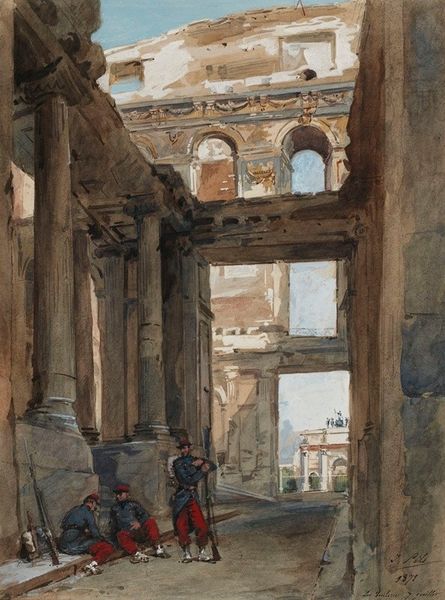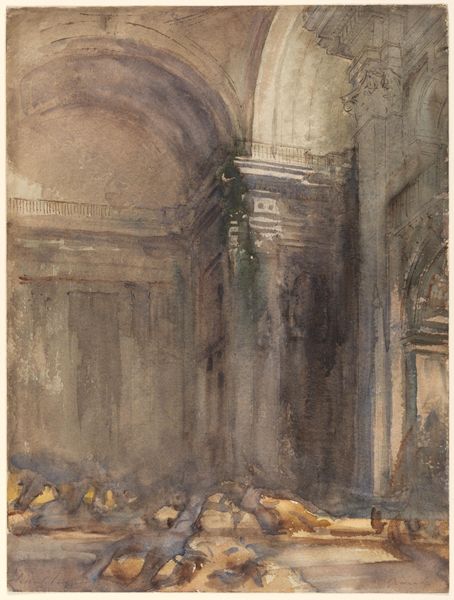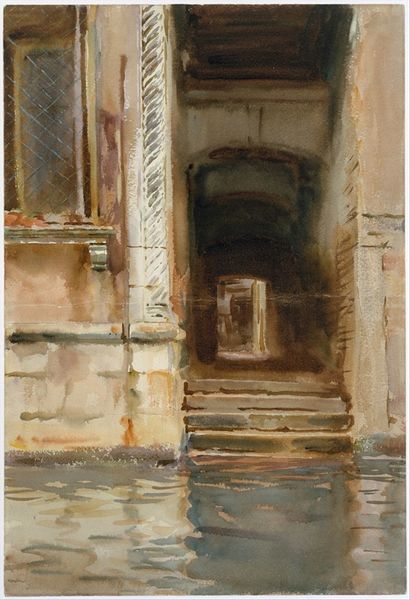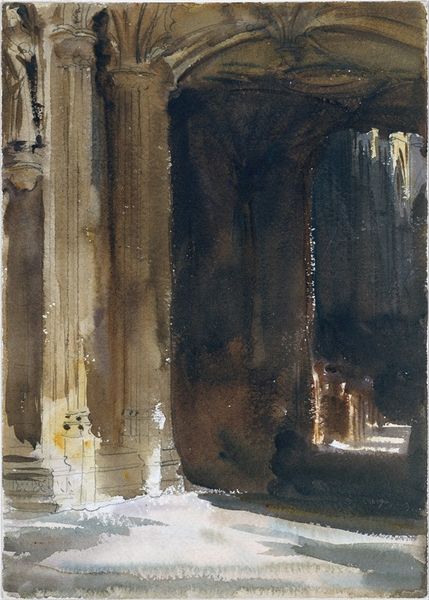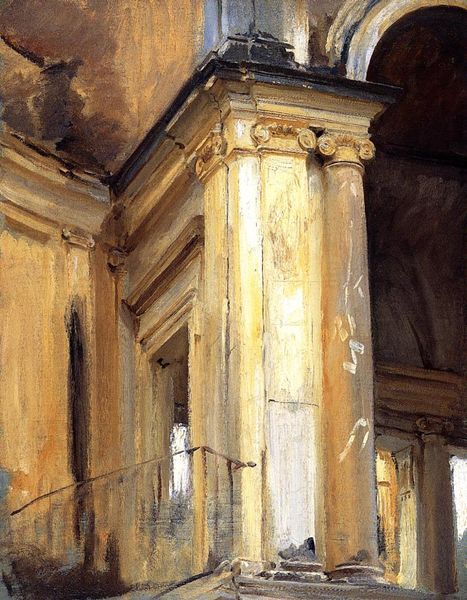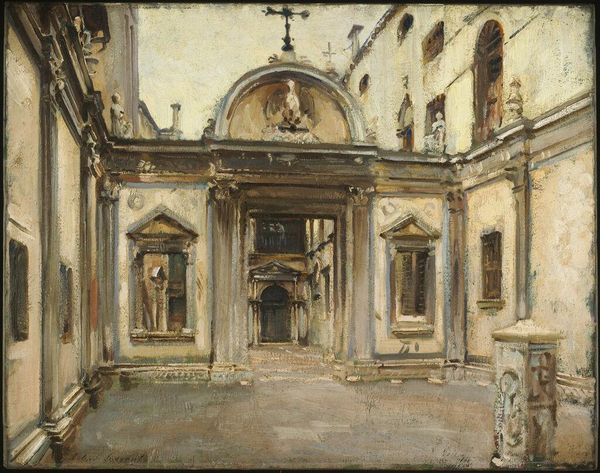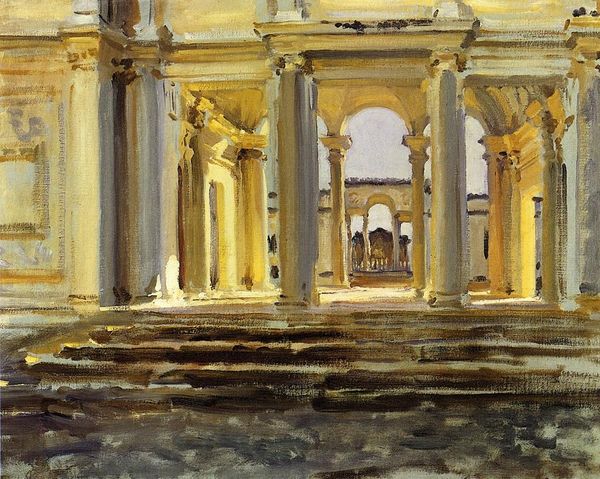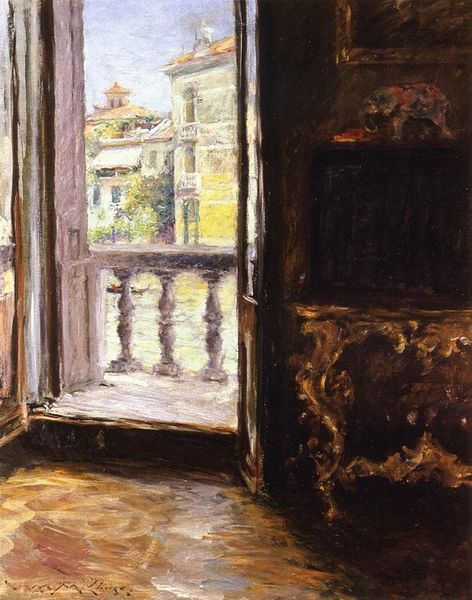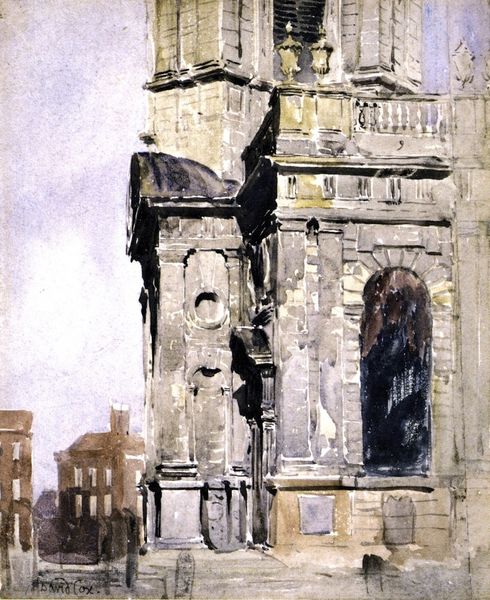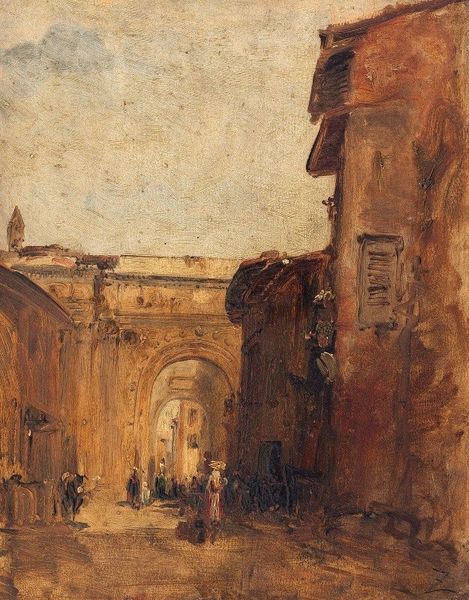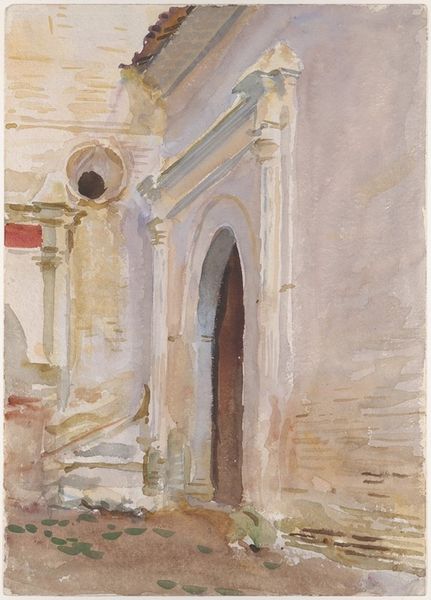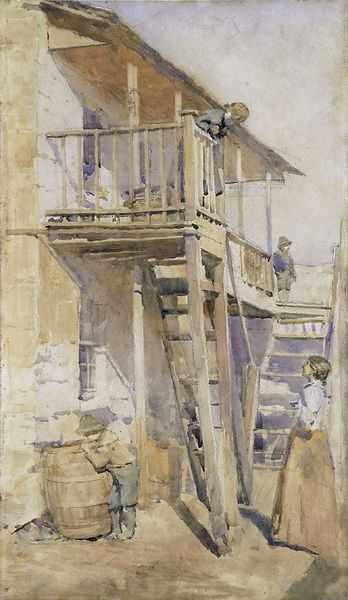
watercolor
#
impressionism
#
landscape
#
oil painting
#
watercolor
#
cityscape
#
history-painting
#
charcoal
#
watercolor
#
realism
Copyright: Public Domain: Artvee
Curator: This is Isidore Pils’ “Ruins of the Tuileries Palace,” created in 1871 using watercolor and charcoal. Editor: My immediate thought is one of melancholy. The artist captures the stark, ruined architecture with a soft, almost delicate hand, which heightens the feeling of loss. Curator: Precisely. Pils witnessed firsthand the devastation of the Franco-Prussian War and the subsequent Paris Commune. The Tuileries Palace, once a symbol of French royalty and later, imperial power, was burned to the ground in 1871. This watercolor isn’t just a landscape; it’s a historical document, a statement on the ephemerality of power. Editor: It's interesting to think about the choice of materials too, particularly given the context. Watercolour feels almost fragile, ephemeral itself – a deliberate contrast to the robust materials that comprised the palace and a commentary, perhaps, on the rapid shifts in societal structures. I am drawn to that interplay of watercolor and charcoal - how these blend together to construct this painting. Curator: Absolutely. Watercolor, often associated with sketches and preliminary studies, emphasizes the transient nature of the scene. Pils' use of it blurs the line between documentation and artistic interpretation, forcing the viewer to contemplate the process of rebuilding, both physical and societal, after such immense destruction. Also, notice the artist's treatment of the rubble, how its colors are interwoven with the remaining architectural ornamentation. Editor: I am wondering about the choice of composition as well. This composition deliberately draws the viewer's eye through the destroyed architecture, focusing our gaze towards the triumphal archway. We are literally pushed through history here. How do we engage with monuments built upon ruins? The ruined space takes on an afterlife of meaning, a charged symbol that persists well beyond its physical being. Curator: That’s an insightful point. It suggests Pils believed even amidst chaos, a sense of historical progress or aspiration was still visible. Beyond the sheer tragedy of the events depicted, the painting serves as a powerful visual commentary on collective memory and the way in which catastrophic events impact material production and life of urban spaces. Editor: Exactly. Thinking about the painting’s exhibition history and who would have seen it – or perhaps, more crucially, who commissioned it, reveals much about how the trauma of the Commune was being managed and represented in public life. Thank you, this changed how I consider urban destruction. Curator: A useful exercise, understanding how this piece reflects upon its immediate conditions of creation. Thank you for your observations.
Comments
No comments
Be the first to comment and join the conversation on the ultimate creative platform.
